450 people with disabilities are employed in the workshops of the Schlocker-Stiftung charitable trust in Hattersheim. The plant nursery cultivates local wild herbs in the Rhine-Main region with the support of KfW Stiftung. There are over 120 plant species here that not only decorate gardens and help insects to survive: some end up on the table as part of delicious concoctions too.
Wild, delicious and useful
Insights into the wild herb market garden at the Schlockerhof farm in Hattersheim. (KfW Group/EVIM Schlockerhof farm nursery)
There are recipes that are mouth-wateringly good, even when they are just read off the page. When it comes to "Dandelion Cheesecake" rich yellow comes to mind, and one can imagine how the finely cut petals lend their colour to the scrumptious pastry, while giving the sweetness of the cake a juicy freshness with unexpected undertones. "Just incredibly tasty and so delightfully saffron yellow!", gushes Irmela Harz, who has already tried the cake.
An agricultural engineer, she has a PhD and works as a specialist for labour and vocational development at the plant nursery. She previously spent a long time working in Peru and Bhutan. For the past four years, she has been looking after the seven men and women who plant and sell local wild perennials, working in the foil tunnels at the Schlockerhof farm, in the raised beds and among large blue barrels of water on a field around 1,000 square metres in size. Whether mugwort, bloody dock, nettles or oregano, ground ivy, chervil, dandelion, orache, mint, small burnet, sorrel, yarrow, English plantain or wild arugula. And don't forget goutweed, the nuisance weed that many leisure gardeners pull out. "Don't get angry at it, eat it", is her adage. Perhaps in a salad, soup or pesto, "that works with nearly all wild herbs anyway", recommends Irmela Harz.
The resourceful cook, author and wild herb expert Peter Becker conjures up not only the above-mentioned golden yellow cheesecake from dandelions, he also uses them in hearty tarte flambées or root parfait. He is part of a team of instructors that explains the work of the wild herb plant nursery in practical presentations and culinary activities for visitors to Schlockerhof farm. Project manager Christoph Schuch organises these workshops to demonstrate to the greater public how local herbs make it from the wayside to the plate in the tastiest of ways, and what else they can be used for. The current workshop dates starting in mid-March can be found here.
In addition to the traditional decorative plants that the plant nursery has sold since 1991, visitors can also purchase wild herbs and perennials for around three euros per plant from the farm shop. "You don't throw wild perennials out every year, they are sustainable, good for bees, and also usually much less sensitive to droughts like we had last summer", explains Schuch. Insects, whose numbers have been decreasing ever more in the Rhine-Main region, find their necessary food on the stamen that they often cannot reach or that do not exist on cultivated flowers with abundant blossoms. Despite their plainness, yarrow and its cohorts are truly a feast for the eyes in gardens and have also started receiving more attention again in the last few years, even in the glossy garden magazines.
Read more under the image gallery.
Harvest time
Physically or mentally handicapped people work at the farm. This employee is picking sorrel.
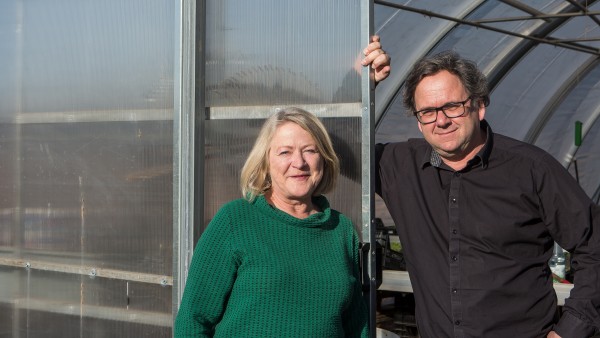
People with a green thumb
Project manager Christoph Schuch organises wild herb workshops, Irmela Harz is responsible for the women and men on staff who grow and sell local wild herbs.
KfW Stiftung provides financial support for the perennial project. Pia Puljanic, Programme Manager for Environment and Climate, is the liaison for the necessary contacts and cooperations, like the one with the Botanical Garden in Frankfurt. Wild herbs from the farm in Hattersheim were found on plates in KfW's staff cafeteria at the end of last summer: “Do that more often” was heard from the employees. “Wild herbs are a healthy and delicious addition to the menu”, said Schuch, who is happy that the cafeteria cook is interested. His goal is to be able to supply other regional restaurants in the future as well.
A bread called “Kräuterkruste”, or “herb crust”, has been available at the Schlockerhof bakery again since the beginning of March. It contains the dried wild herbs that grow next door in the fenced-in field, untouched by animals or herbicides. Before delicious wild herb butter can be made and sold, a bit of preliminary work is still needed. In any case, students from the Offenbach University of Art and Design have already developed designs for possible packaging. Letting each employee leave their name stamp on the green wrapping paper is a tempting idea. It not only looks appealing, it also helps people identify with the product. The plant nursery already has a cheerful atmosphere. For those with a special urge to move due to their disability, they can do so in the fields outside – fresh air and first-hand experience of how the plants grow are included. A dozen of the 30 types of herb cultivated here are wild herbs.
Recipe: “Green chaos”
Wild herb dip serves 4
Mix 400 g of cream cheese and cottage cheese (Schichtkäse) or silken tofu, 125 g fresh cheese or soy yogurt with 100 ml of cream or soy milk.
Season with Luisenhall sea salt, rock salt or Himalayan salt, freshly ground pepper, 1 pinch of chili, 1 pinch of sugar or a bit of agave nectar. 1 knife tip of blue fenugreek is also a good addition. Season sparingly, the wild herbs contribute their own unique aroma. Add 150 g of finely chopped mixed wild herbs, at least nine types.
Add a few dashes of fresh lemon juice and let it steep.
Fresh sliced vegetables and crackers are the perfect partners for this wild herb dip. It is also a perfect snack for break time at the office!
Recipe by Dorisa Winkenbach, who also offers workshops in the Schlockerhof farm nursery. She is a cook who focuses on natural aromas and is an expert on applied nutrition and the art of living.
Learn moreThe green tips of red beet seedlings and other vegetables are just beginning to peek though the peat-free soil. The vegetable plants are delivered to South Hesse and Baden-Württemberg so that children in kindergartens and schools can learn about environmentally conscious gardening at an early age. The Ackerdemia project that began in Potsdam, Brandenburg has received several awards and has since spread throughout the country. At Schlockerhof farm, only regional Demeter seeds are used. In contrast to so-called hybrid or high-performance seeds, the yield is less but the plants are better suited genetically to the regional conditions. On behalf of a plant nursery in Mainz, together with her staff from the workshop Irmela Harz takes care of several woody plants like the Latvian sugar apple tree and the Melz yellow plum tree – known as heirloom fruits – as well as extremely rare roses. This all serves to preserve biodiversity and saves the genetic material of endangered fruit varieties. "There is always an interplay between people and plants here," she says. This is because meaningful work and support for people with disabilities is just as much in the focus as the love for the environment and plants. In the winter, when the herbs do not grow, the employees process the dried herbs to make teas and put them into packaging they design themselves.
A colourful watercolour on the memo board shows how "Noah's Garden" might look in a while: the still brown field will transform into a fragrant garden to experience, local cyclists and people out on walks will stroll beside the flower beds, stop to smell the peppermint or taste a goutweed leaf. Groups of chairs invite visitors to stop for a refreshing herbal lemonade or green smoothie. Just a vision of the future? Either way, Christoph Schuch has already provided the flower beds.
Published on KfW Stories: Tuesday, 25 March 2019
The described project contributes to the following United Nationsʼ Sustainable Development Goals
Goal 8: Promote inclusive and sustainable economic growth, employment and decent work for all
The economic growth of the past decades has come at the expense of natural resources and the global climate, and has long since reached ecological limits. If all people were to be given access to the quality of life that people accept as a matter of course in Germany, several planet Earths would be required to sustain it. Sustainable economic development reconciles social, ecological and economic development goals.

All United Nations member states adopted the 2030 Agenda in 2015. At its heart is a list of 17 goals for sustainable development, known as the Sustainable Development Goals (SDGs). Our world should become a place where people are able to live in peace with each other in ways that are ecologically compatible, socially just, and economically effective.

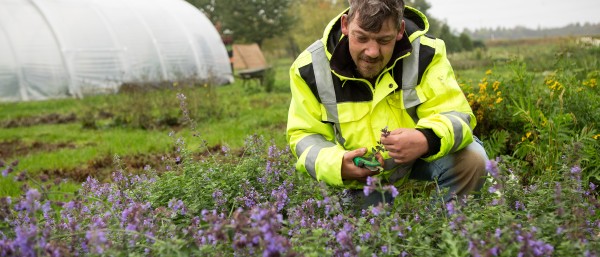
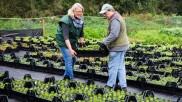
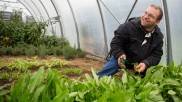
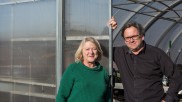
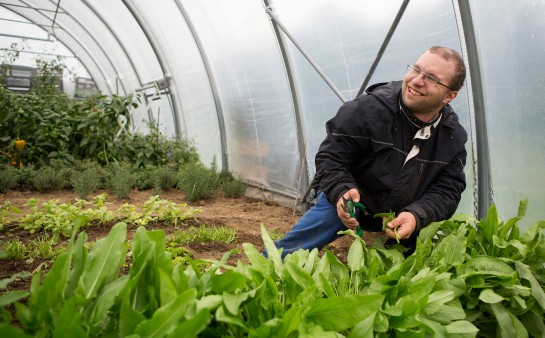
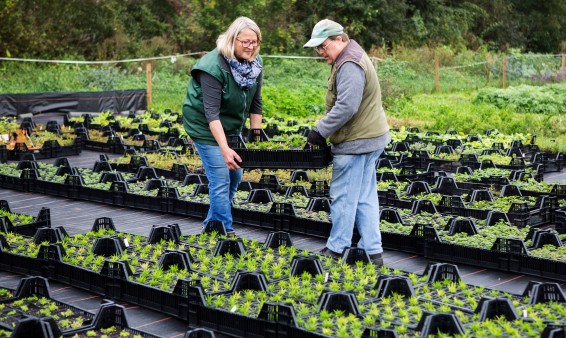
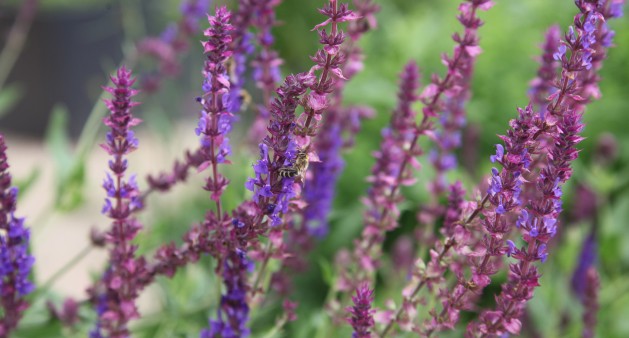
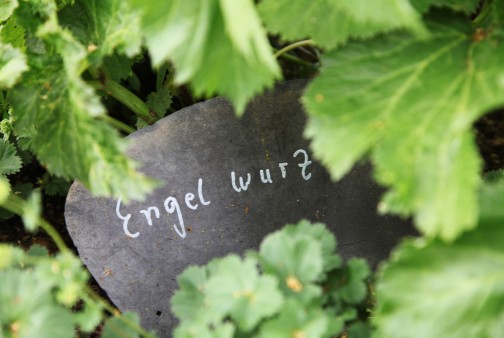
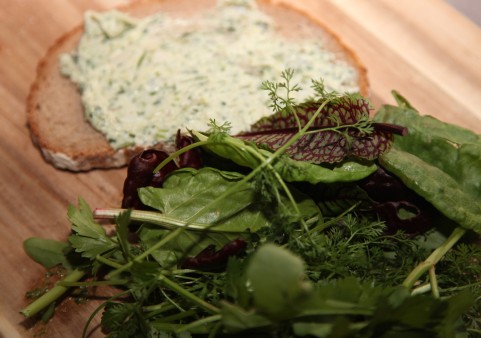
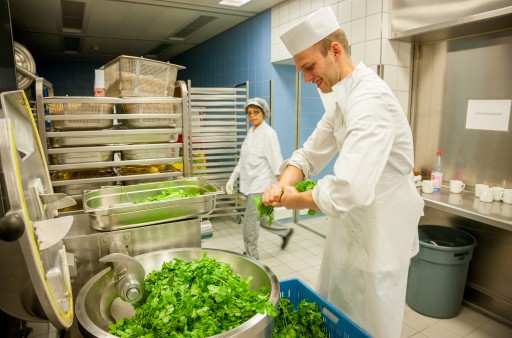














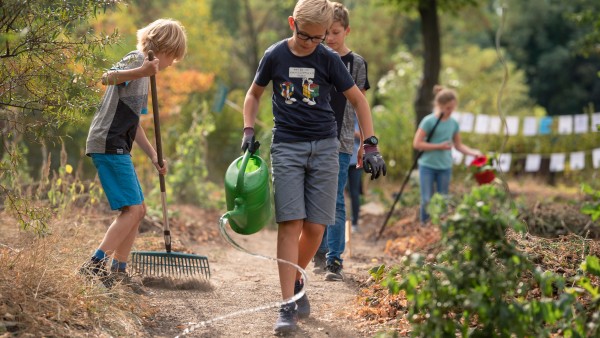
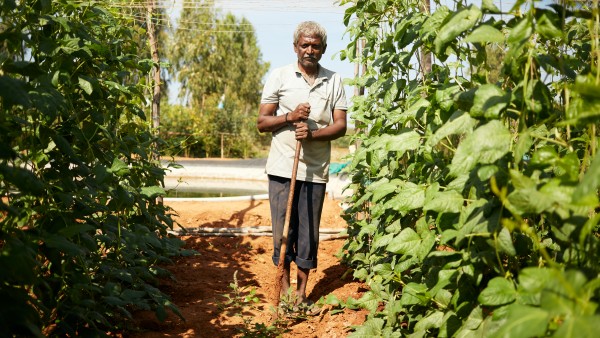
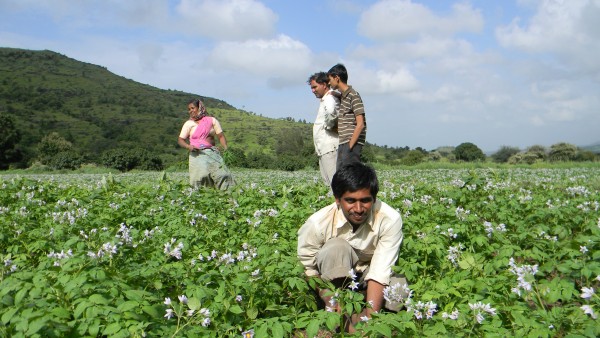
Data protection principles
If you click on one of the following icons, your data will be sent to the corresponding social network.
Privacy information